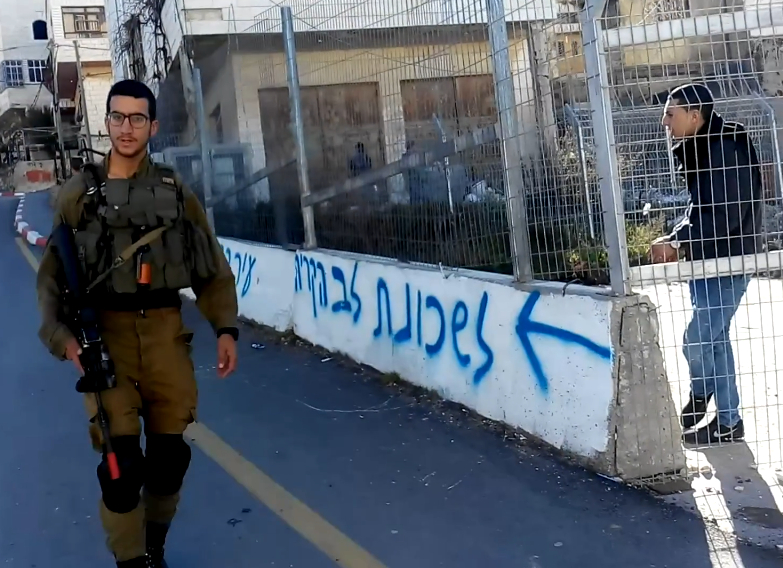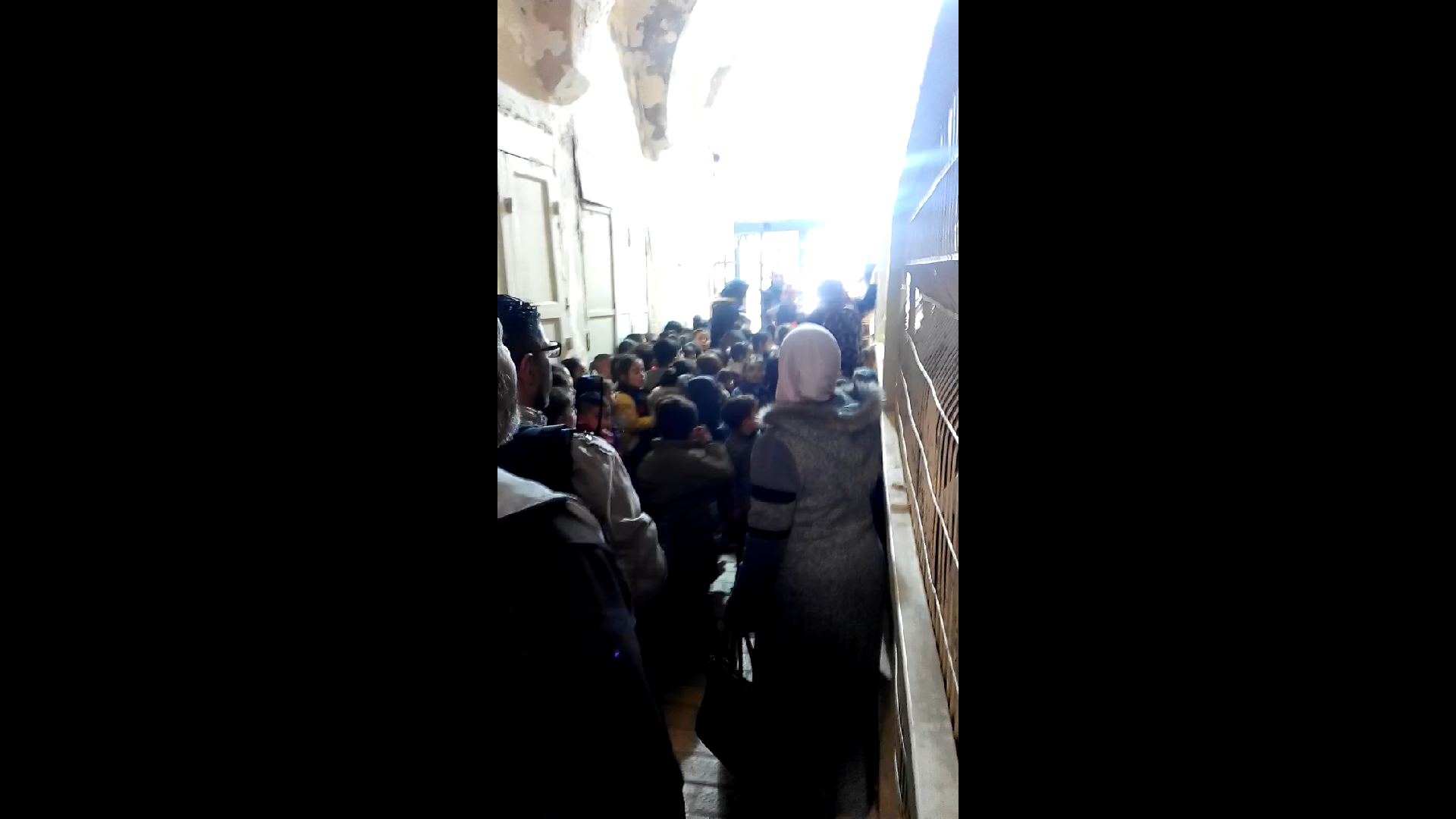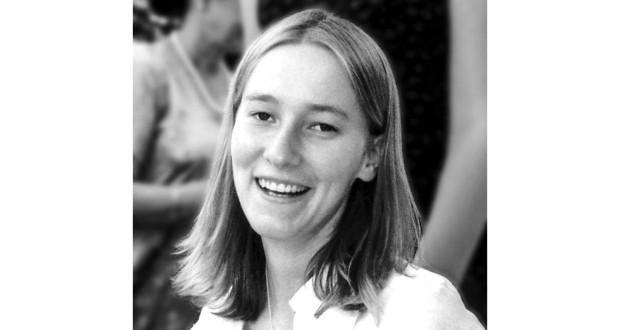Category: Reports
-
Young boy beaten, detained and extorted in Al Khalil by IDF – 19/3/19
March 19, 2019 | International Solidarity Movement, Al-Khalil team | Salaymeh check point, occupied Palestine This teenager got arrested today after him and his little brother got attacked by the Israeli police and an illegal settler in the streets of Hebron. His testimony is as follows: ‘”This morning, my sister came to me and told…
-
Children denied entry to Mosque – Hebron – 18.03.2019
March 18, 2019 | International Solidarity Movement, Al-Khalil team | Al-Khalil (Hebron), occupied Palestine A group of small school children are stopped by the Israeli Defense forces for over an hour at an illegal checkpoint on their way to a school field trip to their local Mosque, in Al-Khalil. Tourists and other Palestinians alike, also…
-
Remembering Rachel Corrie
16th March 2019 | International Solidarity Movement, occupied Palestine Today marks the sixteenth anniversary since the passing of ISM activist Rachel Corrie. She was 23 at the time of her passing. Rachel was tragically crushed to death under the front blade of an Israeli military Caterpillar bulldozer near Rafah, in the southern region of the Gaza Strip. Rachel…



